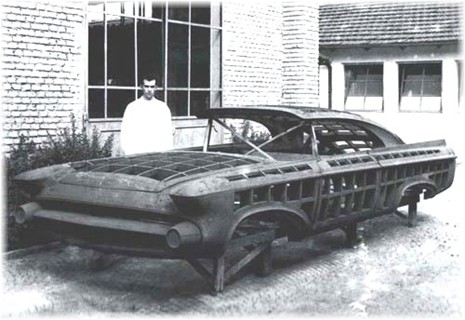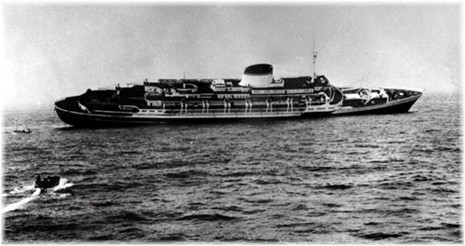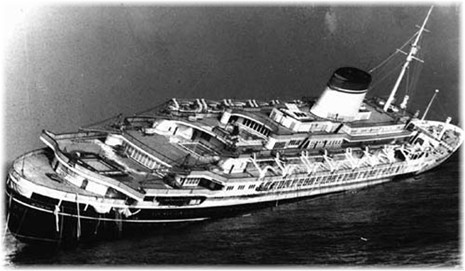The Handsome Lad who Never Made it to His Prom
By Pawel Golubinski

While studying the domain of classic coachbuilding one inevitably encounters many creations that have been lost forever. Wars, political and economic turmoil, accidents or simply rust have caused hundreds of unique cars and bodies to disappear into oblivion. Sometimes cars thought to have been lost for decades, miraculously appear back in the public - examples include the Pourtout Talbot-Lago T150C SS #90120, the Volvo Elisabeth II or the B124MR Bentley 4 ¼ Van Vooren DHC. But what about a car, the whereabouts of which has been known all the time, but which nevertheless has been considered lost for more than half a century now? Here is the story of the sensational Chrysler Norseman and of its unfortunate demise.
In the
beginning of the 50s Italian economy was still rebuilding itself from the war
aftermath and the labour costs were rather low, especially compared to the
In the
end it was Ghia that got the contract – thanks to the level of craftsmanship and
smaller costs rather than better styling proposals, seeing as both companies had
to build a car based on the same set of drawings sent from
After a few development prototypes and low-volume specials, in
1956 Chrysler finally commissioned Ghia to build a show car. It was to be "the
most automated car in the world". The design has been usually credited to Virgil
Exner, however in reality most of the work was done by one of his subordinates –
Billie Brownlie.

Design sketch by Deo
Lewton
It was truly an innovative design, its most striking feature being the cantilevered roof, which was supported only at the rear pillars. There were no side pillars (and no vent windows – another unusual feature for the time) and in front the roof sat directly on a frameless curved windscreen. To make things even more complex, there was an electrically-operated sunroof fitted - a very advanced feature at the time and extremely difficult to integrate into the slender roof structure. The interior had four leather bucket seats and a set of futuristic gauge pods, complete with luminescent paint at the back of front seats as an experimental method of lighting. The car was fully operational, with a 331 ci Hemi V8 (235 hp) and 2-speed Powerflite transmission, shifted by push-buttons. The chassis was most probably sourced from the Chrysler 300 "letter” series cars.

There is
no consensus over the subject of the car's colour. Chrysler ordered the car in
dark green, with green and gray interior, while according to Exner it was to be
painted silver. The reporters who saw the car in

Needless
to say, such a complex design required a lot of time and money to be completed.
It took the team, led by Sergio Coggiola, fifteen months and cost Chrysler over
150,000 dollars to finish the Norseman. Long as it lasted, the project was
finished on schedule and on

Back in
On the evening of


Since then, only one person has seen the car. In 1994 a famous wreck diver David Bright during one of his numerous expedition to the wreck found what he described as a "rusted hulk" of the Norseman. According to his description, the car's position in the wreck makes it almost certain that no-one will ever see it again. David Bright died in 2006 from decompression sickness after another of his divings to the Andrea Doria wreck.

Had the Norseman reached

